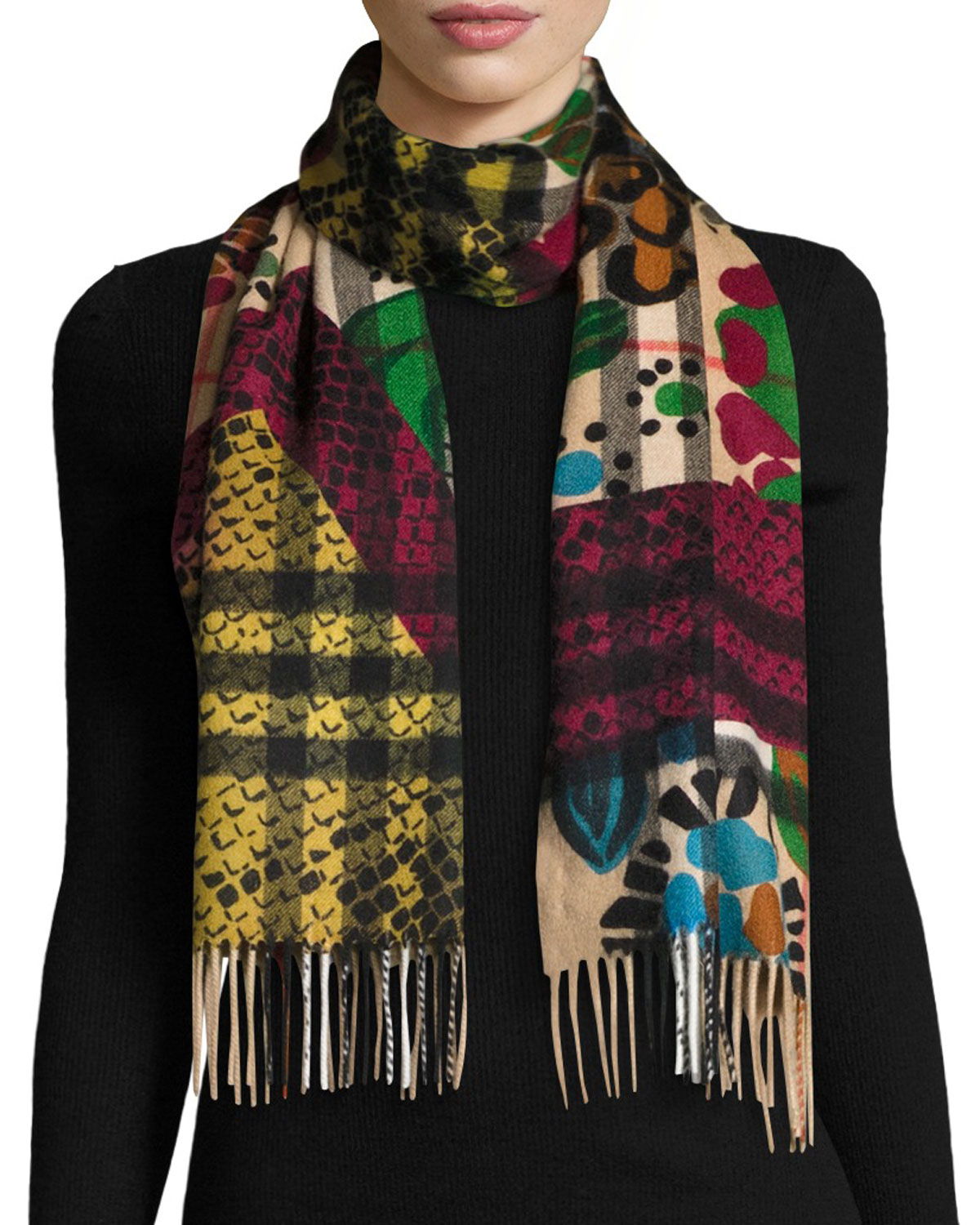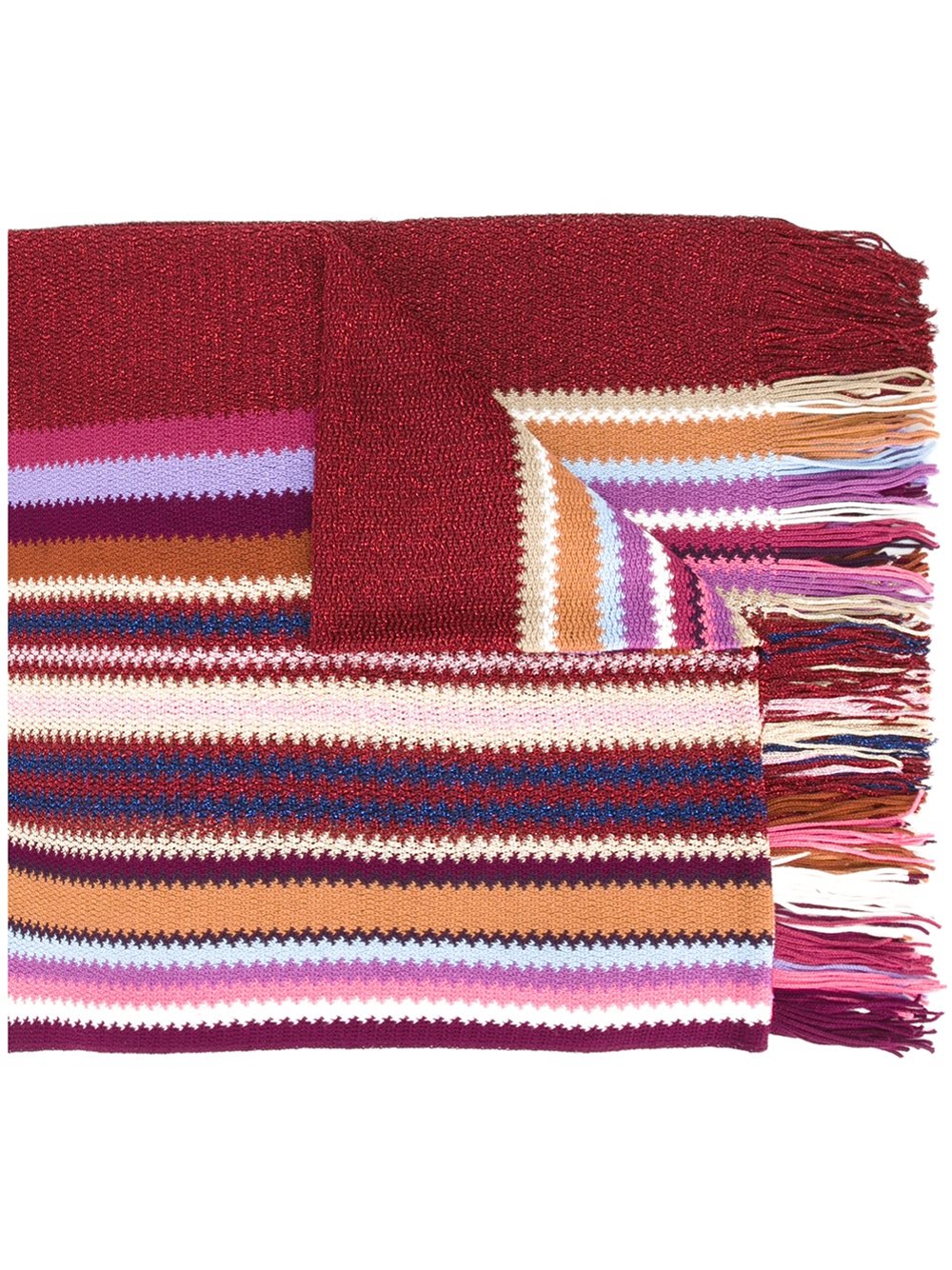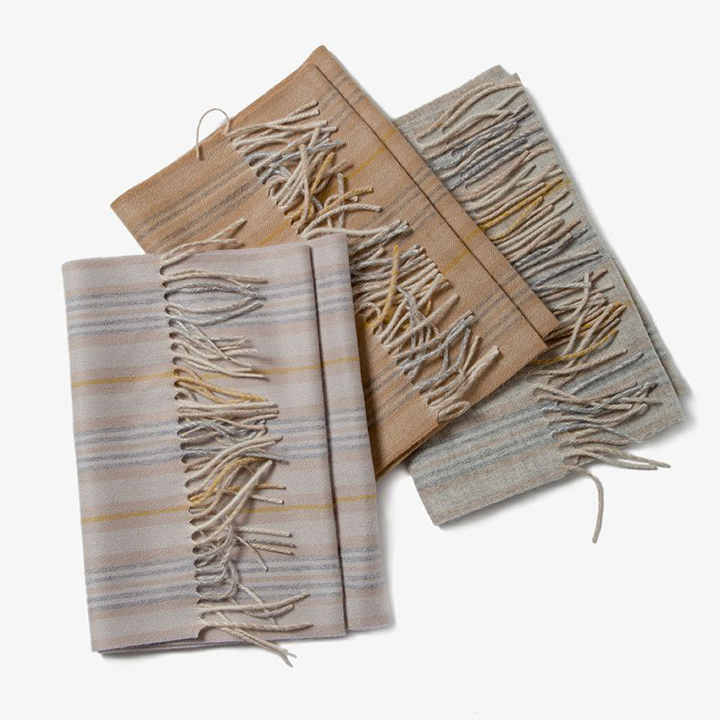Title: A Detailed Guide to Knitting a Thick-Threaded Scarf
This detailed guide provides step-by-step instructions on how to knit a thick-threaded scarf. It covers materials needed, tools required, and the basic technique of casting on. The guide then explains how to create the knit stitch, including tips on maintaining consistency and avoiding common mistakes. It also includes a section on managing different types of yarn weights, such as sport, worsted, and bulky. Finally, the guide discusses common problems encountered while knitting and how to solve them. This comprehensive resource is perfect for beginners and experienced knitters alike, offering a wealth of information to help create a beautiful, functional scarf.
Introduction:
Knitting a scarf with thick yarn can be both challenging and rewarding. The resulting scarf is not only warm and cozy but also unique in its bulky, handmade appeal. In this guide, we will take you through the essential steps of knitting a thick-threaded scarf, from choosing the right materials to mastering the basic stitches. Let's get started!

Materials and Tools:
Before you start knitting, make sure you have the following materials and tools:
1、Thick yarn: Choose a yarn that is suitable for your project. Thick yarns come in different weights, textures, and colors. Consider the final look and feel you want for your scarf when choosing the yarn.
2、Knitting needles: Select a pair of needles that are suitable for your yarn and the desired thickness of your scarf. For thicker yarns, you may need larger needles.
3、Scissors: Used to cut the yarn when you're finished knitting.
4、Tapestry needle: Used to weave in the ends of the yarn after knitting.
Step-by-Step Instructions:

1、Casting On: With your chosen yarn and needles, cast on the desired number of stitches. For a thicker scarf, consider casting on more stitches. Remember to leave a long tail at the beginning of your yarn for sewing up later.
2、Knitting the Body: Once you've cast on your stitches, you're ready to start knitting the body of your scarf. There are many different stitch patterns you can try, including garter stitch, stockinette stitch, and cable stitch. Feel free to experiment and find a pattern that you like best.
3、Increasing and Decreasing: To create a more interesting shape or pattern in your scarf, you may need to increase or decrease the number of stitches at certain points. This can be done by casting on or off additional stitches, or by using techniques such as yarn overs or cable crossings.
4、Weaving in the Ends: Once you've completed the body of your scarf, it's time to weave in the ends of the yarn. Use your tapestry needle to carefully thread the yarn through the back of your work, being sure to match the color and texture as closely as possible. Trim any excess yarn with your scissors.
5、Finishing Touches: Finally, check over your scarf for any loose ends or mistakes. Make any necessary adjustments, then you're ready to enjoy your finished product!
Common Issues and Solutions:
1、Mistakes: Knitting can be a challenging hobby, and it's normal to make mistakes along the way. Don't be afraid to make errors; they're actually an integral part of the learning process. If you make a mistake, take a deep breath, assess your options, and decide if it's worth fixing or if you'd prefer to start over.

2、Uneven Stitches: If your stitches become uneven as you're knitting, it may be due to tension issues or using needles that are too small for your yarn. Try switching to larger needles or adjusting your tension to see if that helps. You may also want to consider using a stitch marker to help keep track of your progress.
3、Curling Edges: Thick-threaded scarves are prone to curling at the edges, especially if using certain types of yarn like wool or acrylic. To prevent this, try blocking your scarf after knitting by wetting it down and allowing it to dry flat. This will help set the shape and reduce curling. Additionally, consider using a border stitch or adding a fringe to the edges for a more finished look.
Conclusion:
Knitting a thick-threaded scarf can be a rewarding project that results in a unique and cozy gift or treat for yourself. By following these step-by-step instructions and troubleshooting tips, you'll be well on your way to becoming a confident knitter who can create beautiful scarves with ease. Happy knitting!
Articles related to the knowledge points of this article:
Title: The Art of Tie Tying: A Guide for Students
White Feather: The Symbol of Purity and Tranquility
Title: Should You Wear a Tie to a Job Interview?
Title: The Evolution of Wedding Ties: From Bow Ties to Suit Ties
Title: How to Tie a Tie Perfectly: A Guide for Couples on Their Wedding Day



